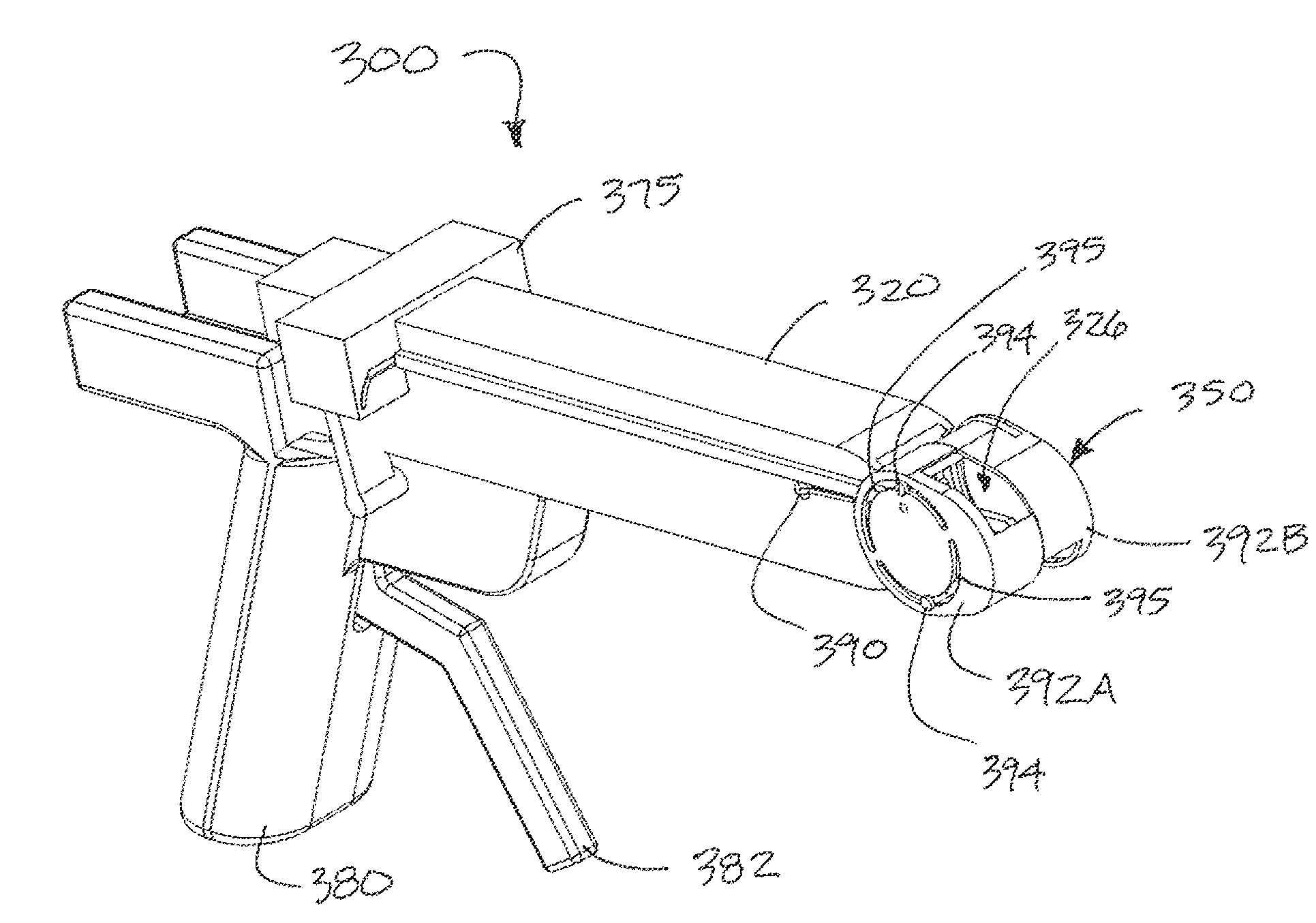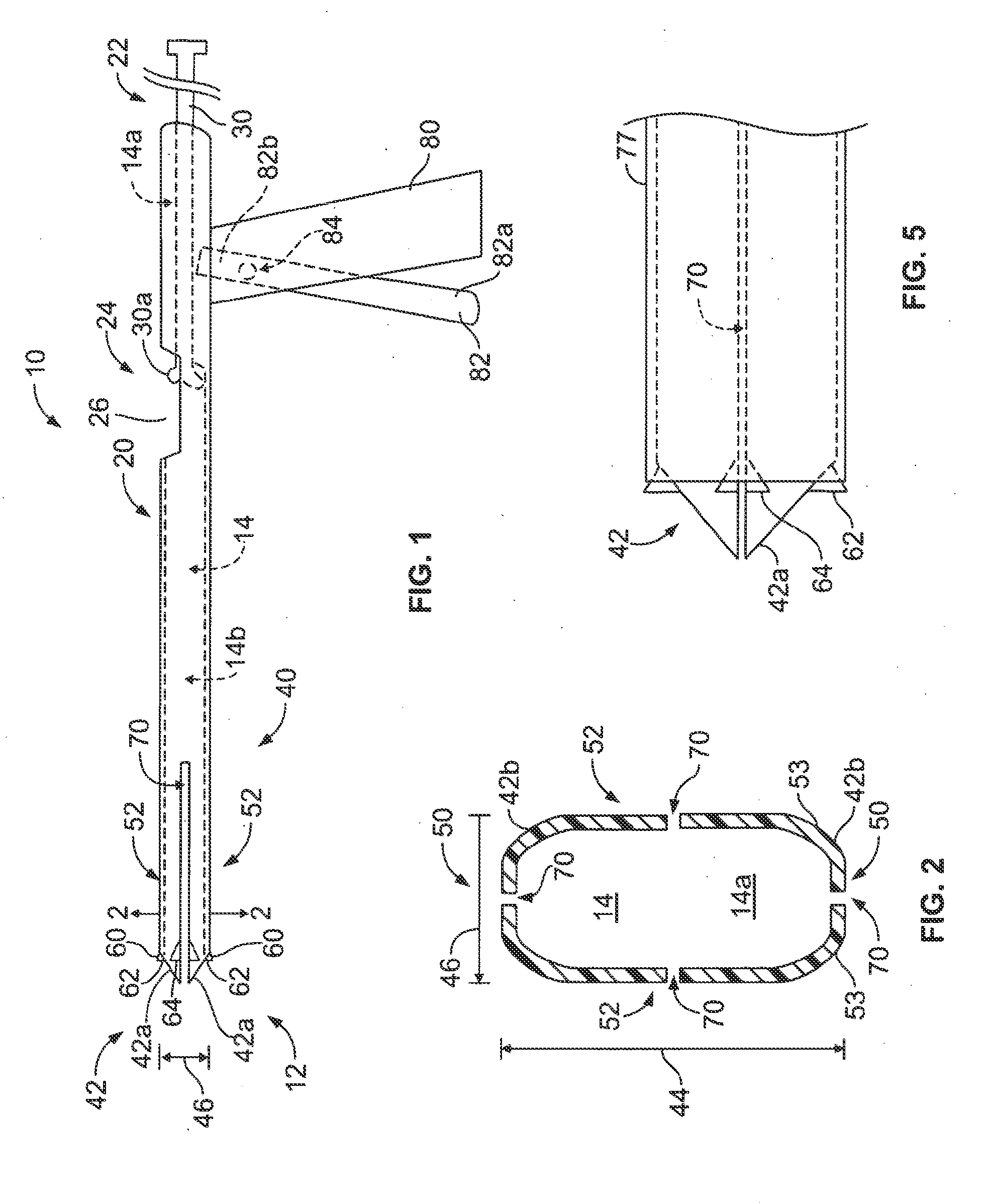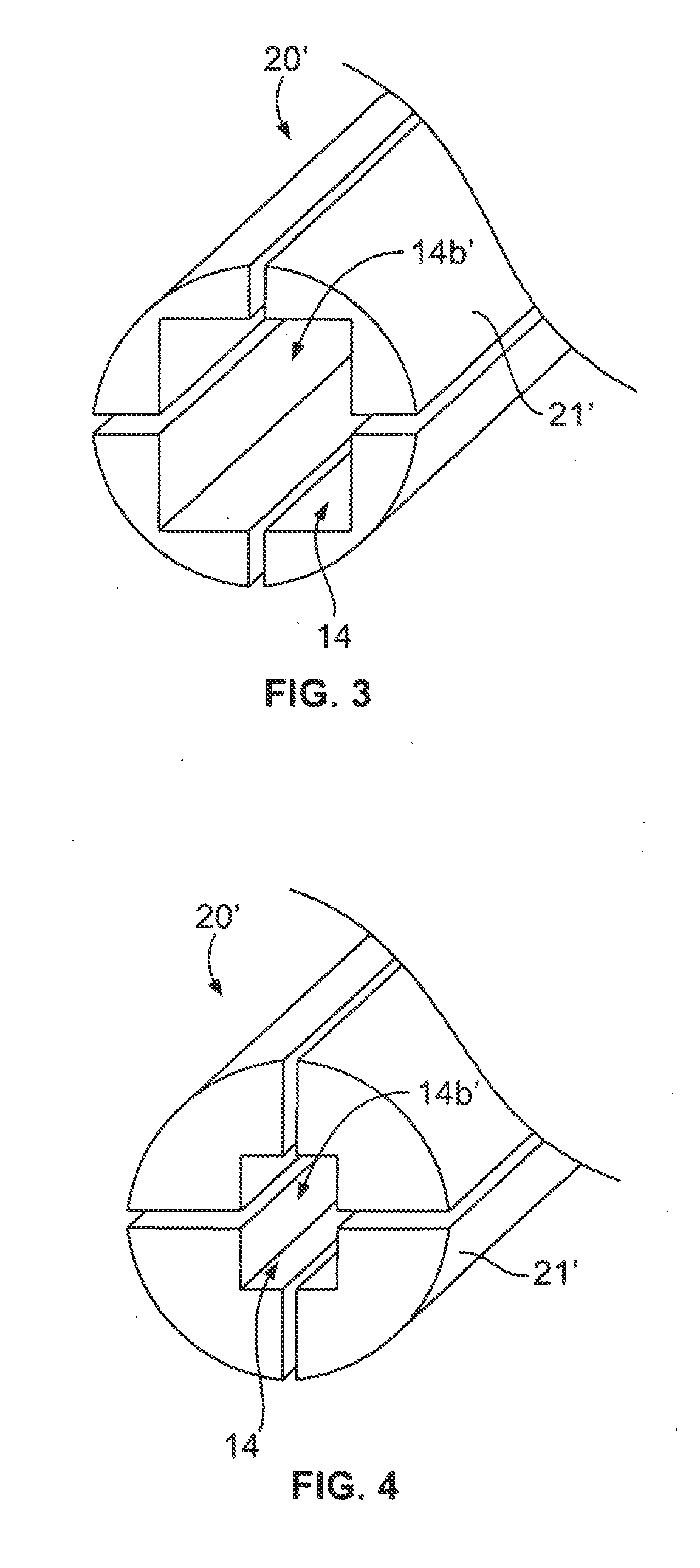Configurable Intervertebral Implant
a technology of intervertebral implants and implant plates, which is applied in the field of medical devices, can solve the problems of reducing the height of the disc space, affecting the function of the disc, so as to maximize the effectiveness of the surgical device, quick and easy manipulation of the implant, and easy conversion of magnetic resonance imaging
- Summary
- Abstract
- Description
- Claims
- Application Information
AI Technical Summary
Benefits of technology
Problems solved by technology
Method used
Image
Examples
Embodiment Construction
[0192]For the purposes of promoting an understanding of the principles of the present invention, reference will now be made to the embodiments illustrated in the drawings, and specific language will be used to describe the same. It will nevertheless be understood that no limitation of the scope of the invention is intended thereby. Any alterations and further modification in the described processes, systems, or devices, and any further applications of the principles of the invention as described herein are contemplated as would normally occur to one skilled in the art to which the invention relates.
[0193]By way of example but not limitation, the present disclosure will be described most often in connection with a minimally-invasive approach to the disc space, such as by way of example a transforaminal approach. However, it is expressly understood that with any of the approaches described in the Summary above, it is often difficult to prepare the proper locations in the disc space to...
PUM
 Login to View More
Login to View More Abstract
Description
Claims
Application Information
 Login to View More
Login to View More - R&D
- Intellectual Property
- Life Sciences
- Materials
- Tech Scout
- Unparalleled Data Quality
- Higher Quality Content
- 60% Fewer Hallucinations
Browse by: Latest US Patents, China's latest patents, Technical Efficacy Thesaurus, Application Domain, Technology Topic, Popular Technical Reports.
© 2025 PatSnap. All rights reserved.Legal|Privacy policy|Modern Slavery Act Transparency Statement|Sitemap|About US| Contact US: help@patsnap.com



